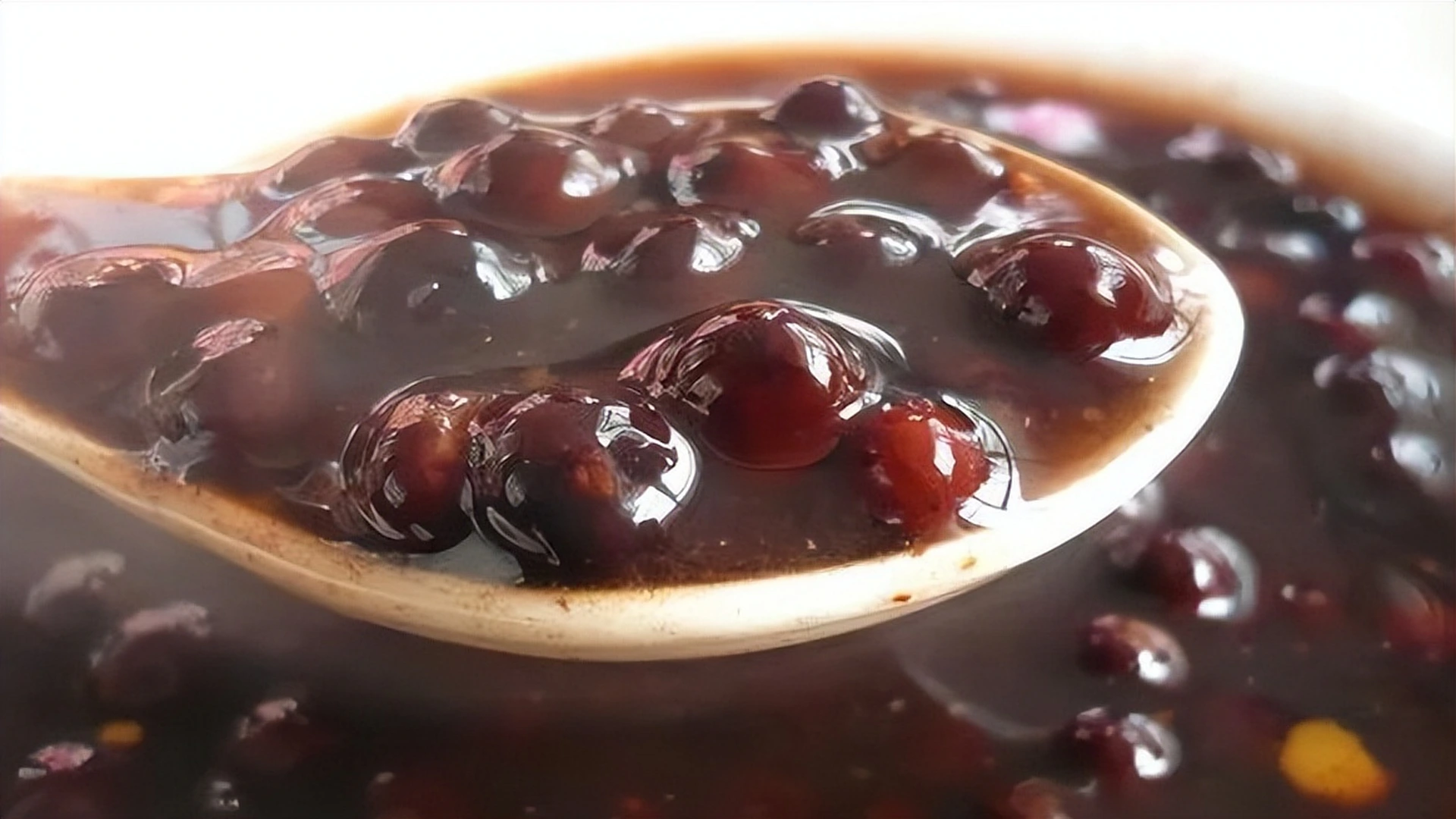The Cultural Delights of Lanzhou’s Grey Pea Dishes: A Culinary Journey
As a food connoisseur and practitioner, I am thrilled to delve into the unique culinary heritage of Lanzhou, a city in Gansu Province, China, known for its signature dish—Grey Pea Dishes, or “Hui Dou Zi” in Mandarin. This traditional dish is not only a staple in local cuisine but also a symbol of the region’s rich history and culture.
**Origin and Cultural Background:**
The Grey Pea Dishes trace their roots back to the ancient agricultural practices along the Yellow River. This river, often referred to as the cradle of Chinese civilization, has nurtured generations of farmers who have cultivated a variety of crops, including the grey peas used in this dish. The slow-cooking method employed in preparing the peas is a testament to the patient and meticulous nature of the people who have lived along the Yellow River’s banks for centuries.
**Ingredients and Preparation:**
At the heart of Grey Pea Dishes is the grey pea, or “Hui Dou,” which is slow-cooked to perfection. The process begins with selecting high-quality, plump grey peas, known for their rich flavor and hearty texture. These peas are then simmered over a low heat in a traditional earthenware pot, allowing the flavors to meld and the beans to become tender and creamy. The slow cooking process is crucial, as it transforms the peas into a smooth, dense consistency, akin to a thick honey.
**Taste and Texture:**
The result of this labor of love is a dish with a velvety texture and a depth of flavor that is both comforting and satisfying. The Grey Pea Dishes have a subtle sweetness from the natural sugars in the peas, balanced by a savory umami that comes from the slow cooking process. The dish is often seasoned with a touch of salt and sometimes ginger, enhancing the natural flavors without overpowering them.
**Visual Description:**
Visually, Grey Pea Dishes are a study in contrast and harmony. The grey peas, with their muted color, are often served in rustic, earthenware bowls that echo the traditional cooking vessels. The dish’s appearance is simple yet inviting, with the thick, glossy surface of the stew reflecting the light and hinting at the rich, smooth texture within.
**Representative Dishes and Cuisine:**
Grey Pea Dishes can be prepared in various ways, each showcasing the versatility of the humble grey pea. One of the most traditional preparations is the Grey Pea Soup, a hearty and nourishing dish that is perfect for the cold winters of Lanzhou. Another popular dish is Grey Pea Stew, which can be served with steamed buns or rice, providing a filling and satisfying meal.
**Culinary Features:**
What sets Grey Pea Dishes apart is their status as a municipal intangible cultural heritage. This recognition not only highlights the dish’s historical significance but also its importance in the cultural identity of Lanzhou. The dish embodies the spirit of the Yellow River’s people—resilient, enduring, and deeply rooted in tradition. Its preparation is a craft passed down through generations, a connection to the past that is cherished and celebrated in every bite.
In conclusion, Grey Pea Dishes from Lanzhou are more than just food; they are a culinary journey through time, a taste of history, and a celebration of the ingenuity and perseverance of the people who have called the Yellow River home. As a food practitioner, I am honored to share this dish with the world, inviting everyone to experience the depth of flavor and the rich cultural tapestry that it represents.
